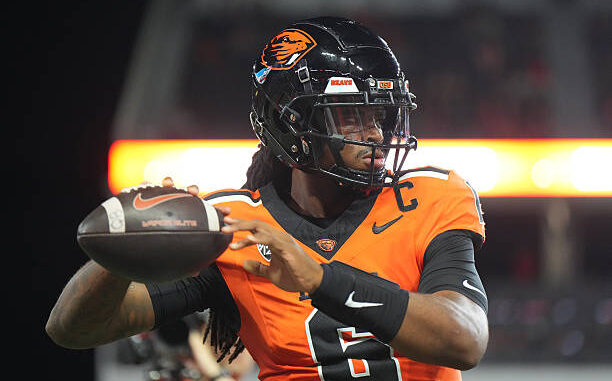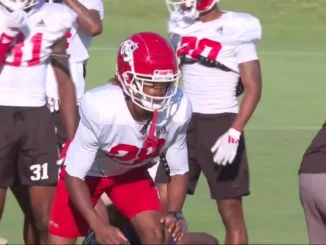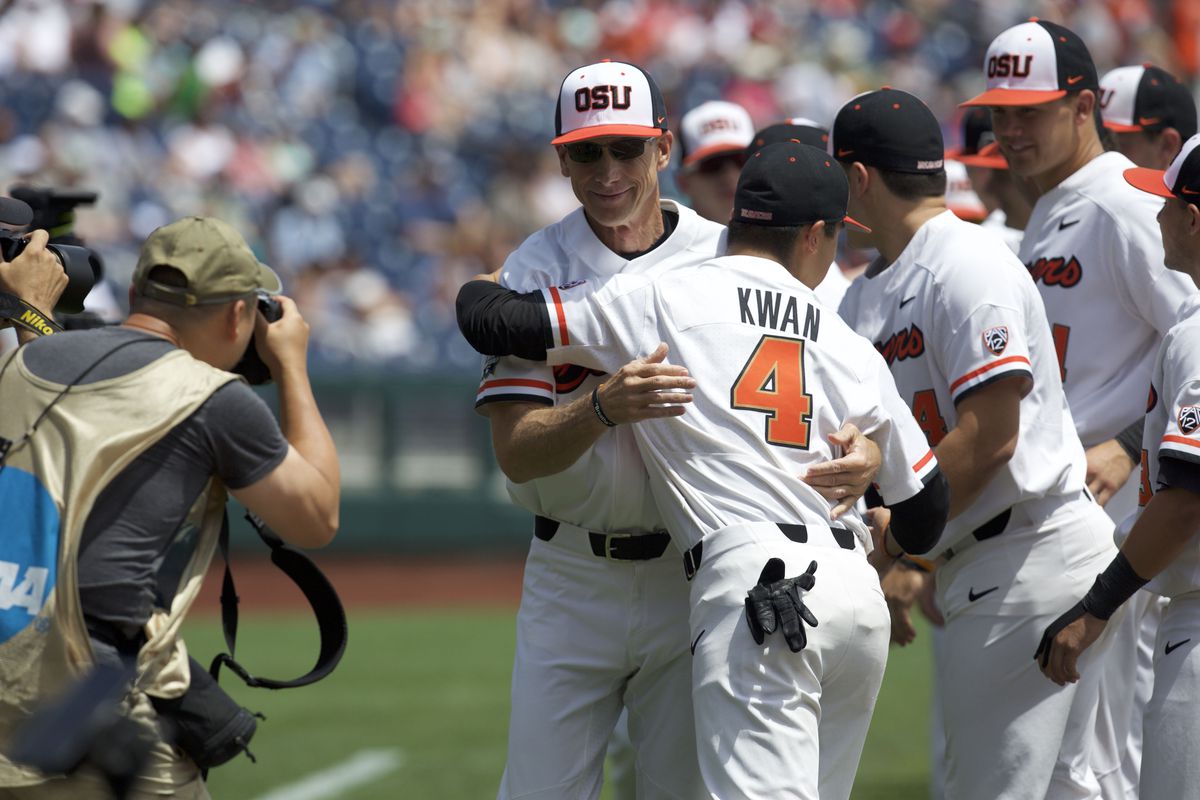
As Week 6 of the college football season dawns, the Oregon State Beavers (0-5) embark on their longest road trip of the year, a 2,700-mile trek to Boone, North Carolina, to face the Appalachian State Mountaineers (2-2) at Kidd Brewer Stadium. Kickoff is set for Saturday at 12:30 p.m. PT, streaming exclusively on ESPN+. This marks the first-ever meeting between the programs and Oregon State’s first game in the state since the historic 1942 Rose Bowl, relocated to Durham due to World War II fears, where the Beavers upset Duke 20-16. For a program mired in a five-game losing streak, this cross-country clash offers a chance to rewrite the narrative against a Sun Belt foe coming off back-to-back losses.
The Beavers’ season has been a tale of near-misses and collapses. After a heartbreaking 27-24 overtime loss to Houston, where they led late but faltered, Oregon State remains one of the few winless FBS teams. Head coach Trent Bray, in his first year, has defended his staff amid the struggles, emphasizing unity and adjustments like shifting practice schedules to combat travel fatigue. “We’re going to leave a day earlier,” Bray noted, aiming to mitigate the four-hour time difference and long flight. Despite the 0-5 record, OSU’s strength of schedule ranks sixth nationally per ESPN’s FPI, with opponents like California, Oregon, and Texas Tech combining for a 21-2 mark.
Appalachian State, under new head coach Dowell Loggains, started 2-0 but has stumbled, dropping games to Southern Miss and Boise State by a combined 75-31. The Mountaineers know the toll of coast-to-coast travel, having bused to Charlotte before flying to Boise last week. Loggains, formerly South Carolina’s offensive coordinator, has overseen a rebuilding effort for a program with a storied history: three FCS titles (2005-07) and four Sun Belt crowns since moving to FBS in 2013. At 2-2, App State sits at a crossroads, desperate to avoid dipping below .500.
At the core of the matchup are two quarterbacks with big arms and turnover woes. Oregon State’s Maalik Murphy, a Duke transfer returning to his home state, suffered a hand injury against Houston but is “full-go” after taking reps in practice. He’s thrown for 943 yards with six touchdowns but six interceptions, showing rhythm in conservative play-calling early against the Cougars before late-game miscues. Appalachian State’s AJ Swann, a redshirt junior via Vanderbilt and LSU, has completed 60% of his passes for 943 yards, six scores, and six picks, including five in the last two weeks. An “open competition” looms behind him with backups Noah Gillion and Billy Wiles rotating in. Swann’s leg injury from the Southern Miss game didn’t sideline him against Boise, but his 64-yard, two-interception outing there highlights vulnerability.
Key storylines revolve around ground games and defenses. App State’s offense hinges on senior running back Rashod Dubinion, an Arkansas transfer with 513 yards on 88 carries (5.8 YPC) and two touchdowns. He’s the bell cow, with backups seeing minimal action. Oregon State countered Houston’s run effectively, holding them to 82 yards, and Bray sees similarities: “They want to run the ball first.” The Beavers’ rush defense, allowing 142.4 yards per game, must replicate that success against App’s No. 13-ranked run defense (84.2 YPG allowed, tied with Washington).
On the flip side, OSU’s run game exploded against Houston, with Cornell Hatcher Jr. averaging 5.5 YPC in a breakout performance alongside Anthony Hankerson and Jake Reichle. App State’s pass defense ranks 92nd, shredded for 300 yards per game in recent losses, offering Murphy opportunities to target Trent Walker (103 yards vs. Houston, 111 career catches since 2024). Walker leads a receiving corps with 17 different Beavers catching passes this year, up from 11 last season.
Defensively, Oregon State’s turnover creation shines with four interceptions (one shy of last year’s total) and a violent unit led by linebacker Aiden Sullivan (23 tackles last two games). They’ve notched six sacks over three games, including a season-high three against Houston. App State’s pass rush averages nearly three sacks per game with 75 pressures, powered by interior linemen like Kevin Abrams-Verwayne (2.5 sacks, two forced fumbles). The Mountaineers’ secondary, with corner Ethan Johnson (four pass deflections), will test OSU’s line, which is healthier with guard Tyler Voltin’s return.
Injuries to watch: Oregon State’s wideout Darrius Clemons is out for the season with a torn Achilles, while App State’s Swann is managing his leg issue.
Things to look out for: Expect big plays through the air, given both teams’ weak pass defenses (App allows 300 YPG recently; OSU gave up chunks late vs. Houston). Turnovers could decide it, with both QBs prone to picks. Special teams for OSU remain a liability after meltdowns, so watch for blocked kicks or return gaffes. App’s receivers Jaden Barnes (24 catches, 337 yards, three TDs) and Dalton Stroman (18.9 YPC) could exploit OSU’s secondary. Finally, jet lag: How will the Beavers handle the time zone shift after extra rest?
Oddsmakers list Appalachian State as 1.5-point favorites (-115), with Oregon State at +1.5 (-105) per FanDuel.
My take: This screams trap game for App State, but opportunity for Oregon State. The Beavers’ superior talent, despite the skid, and motivation to end the drought, should shine through. Murphy protects the ball better in a bounce-back spot, the run game exploits App’s vulnerabilities, and the defense forces turnovers from Swann. OSU finally gets that elusive win, covering as underdogs in a gritty road affair. Final score: Oregon State 28, Appalachian State 24.



